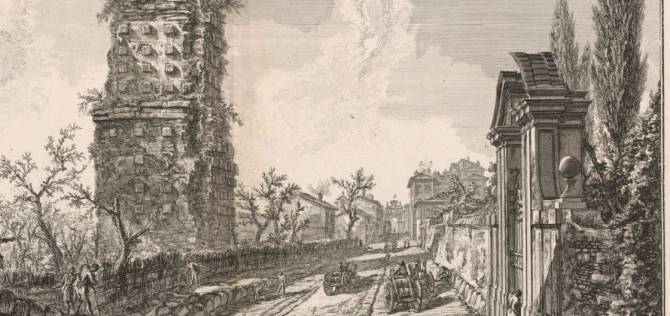

When, at the end, Piranesi reflects on the Other (who by now has a name), his antagonist reminds him of one particular Statue, depicting a man with a broken sword beside a fragmented sphere. Indeed, on one plane you can choose to decipher it as hermeneutic fiction, about paranoid sense-making, over-interpretation, and the perils of experiencing your House (your World) as a labyrinth of clues rather than an abode of wonders. Readers will unravel the riddle of Piranesi – its hero named for the 18th-century Venetian artist of geometrically impossible spaces and vistas ( pictured above: "The Pier with Chains" from Imaginary Prisons (1750) – in many different ways. Then Piranesi hears rumours of another human visitor, “16”, whose entry into the Halls will trigger a transforming crisis. He alludes to a disenchantment of the world that has left forgotten knowledge, the “wisdom of the ancients”, to flow secretly into places invisible to the eyes of reason and science. This drawling guru speaks derisively of the Other. In the Halls he encounters a rather camp elderly sage, whom he names the Prophet.
PIRANESI HOUSE FULL
He discovers journals he cannot remember ever writing, full of weird stories about unknown people and nonsense words such as “Manchester”, “university” and “police station”. Piranesi, in contrast, refuses to treat it as “a sort of riddle to be unravelled” but resides happily in a place he finds “enough in and of Itself”. Lacking Piranesi’s faith and innocence, he considers the House as a trove of “Great and Secret Knowledge” hidden, like treasure, somewhere within it. The Other, a pedantic, self-important scholar of some kind, possesses a small “shining device” and enters data into it. As for the Vestibule, it harbours not only “eight massive Statues of Minotaurs” (now there’s a warning to the Reader) but a nasty draught that brings “a smell of rain, metal and petrol”. They include “old fish-finger packets and sausage-roll wrappings”. Piranesi reveres his home as a self-sufficient universe that satisfies all needs and answers all questions: “The Beauty of the House is immeasurable its Kindness infinite.”Įven in his narration, though, we spot alien intrusions. For its first two-thirds, however, we must find our meanings within the House itself. Piranesi, too, dwells from time to time on margins, portals and thresholds, and on the tantalising idea of “a door between us and wherever magic had gone”. In 2007, Clarke revisited the edgelands between reason and magic in the stories of The Ladies of Grace Adieu.

That novel made the formal barriers between fantasy, historical and “literary” fiction vanish as if crumbled by a spell, as did (in her virtuoso pastiche) the stylistic fences between Jane Austen and early Dickens. In 2004, Susanna Clarke published Jonathan Strange & Mr Norrell, her epic, learned, playful tale of rival Regency magicians in a beautifully confected parallel England. We have waited a long time to meet Piranesi. This dapper, irascible, middle-aged fusspot in neatly tailored outfits scolds and bullies Piranesi when they meet (“Can we not do this now? I’m trying to get this ritual sorted.”) He, who subsists on fish caught from the swelling seas on its lower levels, still lives and breathes. Piranesi believes that fifteen humans have existed in the House, and thus the World.

Partial skeletons, which he curates and cherishes, endure among the statues as tokens of prior human habitation. Birds of various species fly through and nest in the House Piranesi dates this journal to “the Year the Albatross came to the South-Western Halls”. Clouds in the upper galleries breed rain and mist seas – and sometimes tidal floods – wash through its nether regions the Middle Halls between are “the Domain of birds and of men”. The House, which is “for all practical purposes identical” with “the World”, has its own climate. Piranesi’s favourites include “the Gorilla, the Young Boy playing the Cymbals, the Woman carrying a Beehive, the Elephant carrying a Castle, the Faun, the Two Kings playing Chess”.


 0 kommentar(er)
0 kommentar(er)
